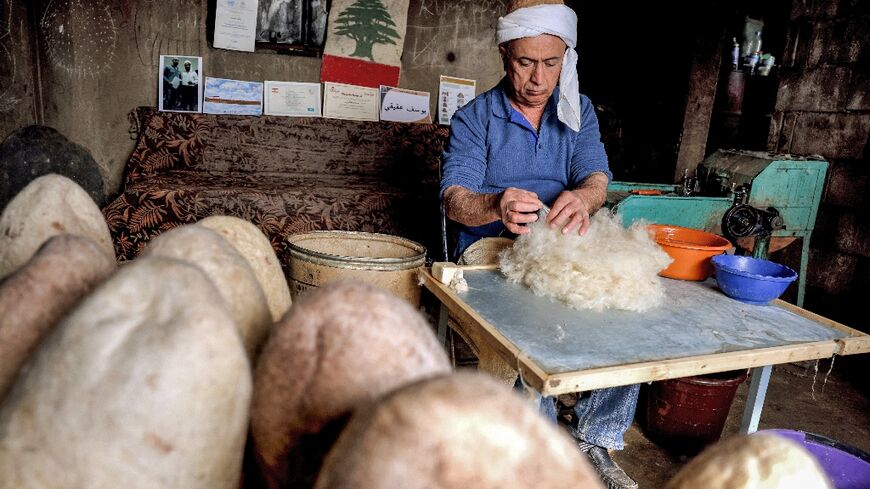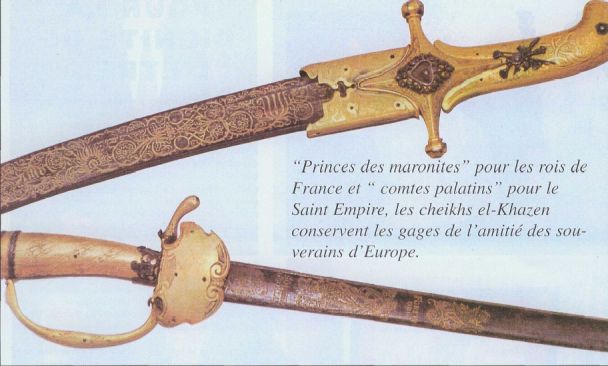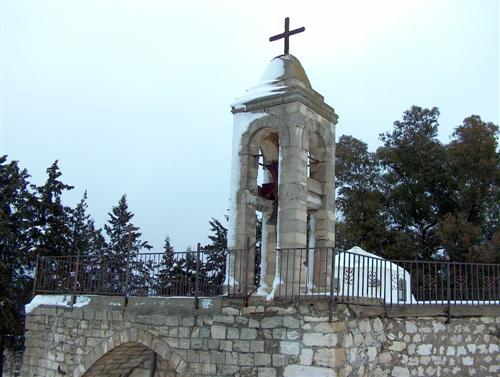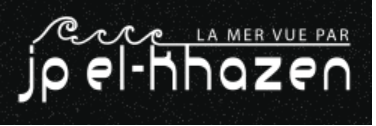by harpersbazaararabia.com — Laura Kell — – The 26-year-old Beirut native shared a sweet Instagram photo with her new fiancé in Paris, …

By Sharon Goldman @sharongoldman -- venturebeat -- In a surprise moment during today’s Supreme Court hearing about a Google case that could impact online free speech, justice Neil M. Gorsuch touched upon potential liability for generative AI output, according to Will Oremus at the Washington Post. In the Gonzalez v. Google case in front of the Court, the family of an American killed in a 2015 ISIS terrorist attack in Paris argued that Google and its subsidiary YouTube did not do enough to remove or stop promoting ISIS terrorist videos seeking to recruit members. According to attorneys representing the family, this violated the Anti-Terrorism Act. In lower court rulings, Google won with the argument that Section 230 of the Communications Decency Act shields it from liability for what its users post on its platform.
Is generative AI protected by Section 230?
According to the Washington Post’s live coverage, search engines historically “have responded to users’ queries with links to third-party websites, making for a relatively clear-cut defense under Section 230 that they should not be held liable for the content of those sites. But as search engines begin answering some questions from users directly, using their own artificial intelligence software, it’s an open question whether they could be sued as the publisher or speaker of what their chatbots say.” In the course of Tuesday’s questioning, Gorsuch used generative AI as a hypothetical example of when a tech platform would not be protected by Section 230. “Artificial intelligence generates poetry,” he said. “It generates polemics today that would be content that goes beyond picking, choosing, analyzing or digesting content. And that is not protected. Let’s assume that’s right. Then the question becomes, what do we do about recommendations?”
Legal battles have been brewing for months

Hrajel (Lebanon) (AFP) - By AFP -- High in Lebanon's rugged mountains, hatmaker Youssef Akiki is among the last artisans practising the thousand-year-old skill of making traditional warm woolen caps once widely worn against the icy winter chill. Akiki believes he may be the last commercial maker of the sheep wool "labbadeh" -- a named derived from the Arabic for felt, or "labd" -- a waterproof and warm cap coloured off-white, grey, brown or black. "The elders of the village make their own labbadehs", said Akiki, who also dresses in the traditional style of baggy trousers.
Akiki, 60, from the snow-covered village of Hrajel, perched more than 1,200 meters (4,000 feet) up in the hills back from Lebanon's Mediterranean coast, said making the hat requires a careful process. Akiki is among the last practising the thousand-year-old skill After drying sheep's wool in the sun, he moulds it with water and Aleppo soap -- which includes olive oil and laurel leaf extracts -- to turn it into felt with his hands. "It helps the wool shrink, so it becomes malleable like dough", he said, showing his hands, rough with years of work. It is a slow process that allows him to fashion "three labbadehs in one day, at most", he said. Though the hats are practical and warm, few people wear them today.
By Brad Kallet, Editor at LinkedIn News — There’s a new top dog in the online retail marketplace. Temu, which launched last …
Khazen History


Historical Feature:
Churches and Monasteries of the Khazen family

St. Anthony of Padua Church in Ballouneh
Mar Abda Church in Bakaatit Kanaan
Saint Michael Church in Bkaatouta
Saint Therese Church in Qolayaat
Saint Simeon Stylites (مار سمعان العامودي) Church In Ajaltoun
Virgin Mary Church (سيدة المعونات) in Sheilé
Assumption of Mary Church in Ballouneh
1 - The sword of the Maronite Prince
2 - LES KHAZEN CONSULS DE FRANCE
3 - LES MARONITES & LES KHAZEN
4 - LES MAAN & LES KHAZEN
5 - ORIGINE DE LA FAMILLE
Population Movements to Keserwan - The Khazens and The Maans
ما جاء عن الثورة في المقاطعة الكسروانية
ثورة أهالي كسروان على المشايخ الخوازنة وأسبابها
Origins of the "Prince of Maronite" Title
Growing diversity: the Khazin sheiks and the clergy in the first decades of the 18th century
Historical Members:
Barbar Beik El Khazen [English]
Patriach Toubia Kaiss El Khazen(Biography & Life Part1 Part2) (Arabic)
Patriach Youssef Dargham El Khazen (Cont'd)
Cheikh Bishara Jafal El Khazen
Patriarch Youssef Raji El Khazen
The Martyrs Cheikh Philippe & Cheikh Farid El Khazen
Cheikh Nawfal El Khazen (Consul De France)
Cheikh Hossun El Khazen (Consul De France)
Cheikh Abou-Nawfal El Khazen (Consul De France)
Cheikh Francis Abee Nader & his son Yousef
Cheikh Abou-Kanso El Khazen (Consul De France)
Cheikh Abou Nader El Khazen
Cheikh Chafic El Khazen
Cheikh Keserwan El Khazen
Cheikh Serhal El Khazen [English]
Cheikh Rafiq El Khazen [English]
Cheikh Hanna El Khazen
Cheikha Arzi El Khazen
Marie El Khazen